Consider these facts and oddities relating to the Codex Vaticanus:
It was corrected by revisers in the 8th, 10th, and 15th centuries (W. Eugene Scott, Codex Vaticanus, 1996).
The entire manuscript has been mutilated...every letter has been run over with a pen, making exact identification of many of the characters impossible. Dr. David Brown observes: "I question the 'great witness' value of any manuscript that has been overwritten, doctored, changed and added to for more than 10 centuries." (The Great Unicals).
In the Gospels it leaves out 749 entire sentences and 452 clauses, plus 237 other words, all of which are found in hundreds of other Greek manuscripts. The total number of words omitted in Codex B in the Gospels alone is 2,877 as compared with the majority of manuscripts (Burgon, The Revision Revised, p. 75).
Vaticanus omits Mark 16:9-20, but a blank space is left for that section of Scripture. The following testimony is by John Burgon, who examined Vaticanus personally: “To say that in the Vatican Codex (B), which is unquestionably the oldest we possess, St. Mark’s Gospel ends abruptly at the eighth verse of the sixteenth chapter, and that the customary subscription (Kata Mapkon) follows, is true; but it is far from being the whole truth. It requires to be stated in addition that the scribe, whose plan is found to have been to begin every fresh book of the Bible at the top of the next ensuing column to that which contained the concluding words of the preceding book, has at the close of St. Mark’s Gospel deviated from his else invariable practice. HE HAS LEFT IN THIS PLACE ONE COLUMN ENTIRELY VACANT. IT IS THE ONLY VACANT COLUMN IN THE WHOLE MANUSCRIPT -- A BLANK SPACE ABUNDANTLY SUFFICIENT TO CONTAIN THE TWELVE VERSES WHICH HE NEVERTHELESS WITHHELD. WHY DID HE LEAVE THAT COLUMN VACANT? What can have induced the scribe on this solitary occasion to depart from his established rule? The phenomenon (I believe I was the first to call distinct attention to it) is in the highest degree significant, and admits only one interpretation. The older manuscript from which Codex B was copied must have infallibly contained the twelve verses in dispute. The copyist was instructed to leave them out -- and he obeyed; but he prudently left a blank space in memoriam rei. Never was a blank more intelligible! Never was silence more eloquent! By this simple expedient, strange to relate, the Vatican Codex is made to refute itself even while it seems to be bearing testimony against the concluding verses of St. Mark’s Gospel, by withholding them; for it forbids the inference which, under ordinary circumstances, must have been drawn from that omission. It does more. By leaving room for the verses it omits, it brings into prominent notice at the end of fifteen centuries and a half, a more ancient witness than itself.” (Burgon, The Last Twelve Verses of the Gospel of St. Mark Vindicated, 1871, pp. 86-87)
Similar to Codex Sinaiticus, Codex Vaticanus identifies itself as a product of gnostic corruption in John 1:18, where “the only begotten Son” is changed to “the only begotten God,” thus perpetuating the ancient Arian heresy that disassociates the Son of God Jesus Christ from God Himself by claiming that the Word was not the same as the Son. John’s Gospel identifies the Son directly with the Word (John 1:1, 18), but by changing "Son" to "God" in verse 18, this direct association is broken.
Linguistic scholars have observed that Codex Vaticanus is reminiscent of classical and Platonic Greek, not Koine Greek of the New Testament (see Adolf Deissman's Light of the Ancient East). Nestle admitted that he had to change his Greek text (when using Vaticanus and Sinaiticus) to make it "appear" like Koine Greek.
Codex Vaticanus contains the false Roman Catholic apocryphal books such as Judith, Tobias, and Baruch, while it omits the pastoral epistles (I Timothy through Titus), the Book of Revelation, and it cuts off the Book of Hebrews at Hebrews 9:14 (a very convenient stopping point for the Catholic Church, since God forbids their priesthood in Hebrews 10 and exposes the mass as totally useless as well!).
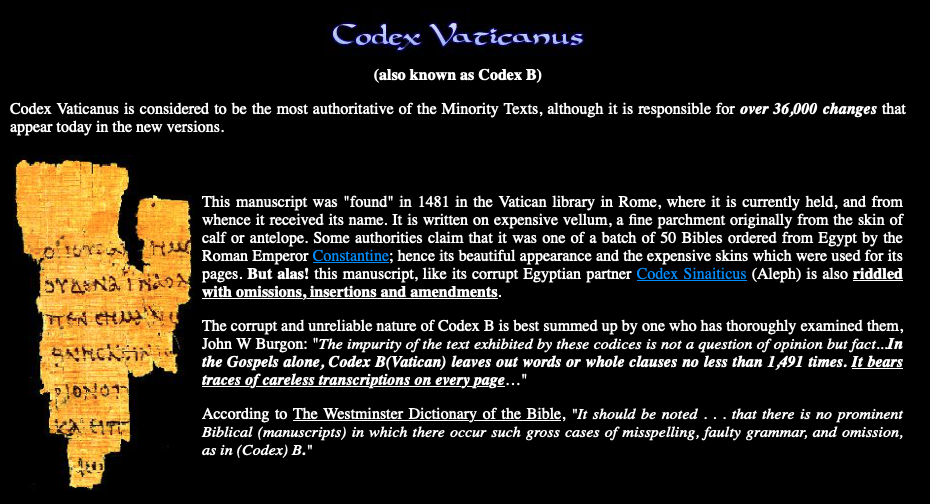

Look how depraved this is. How can one know what the original text is? No Biblical Manuscript is so corrupt.
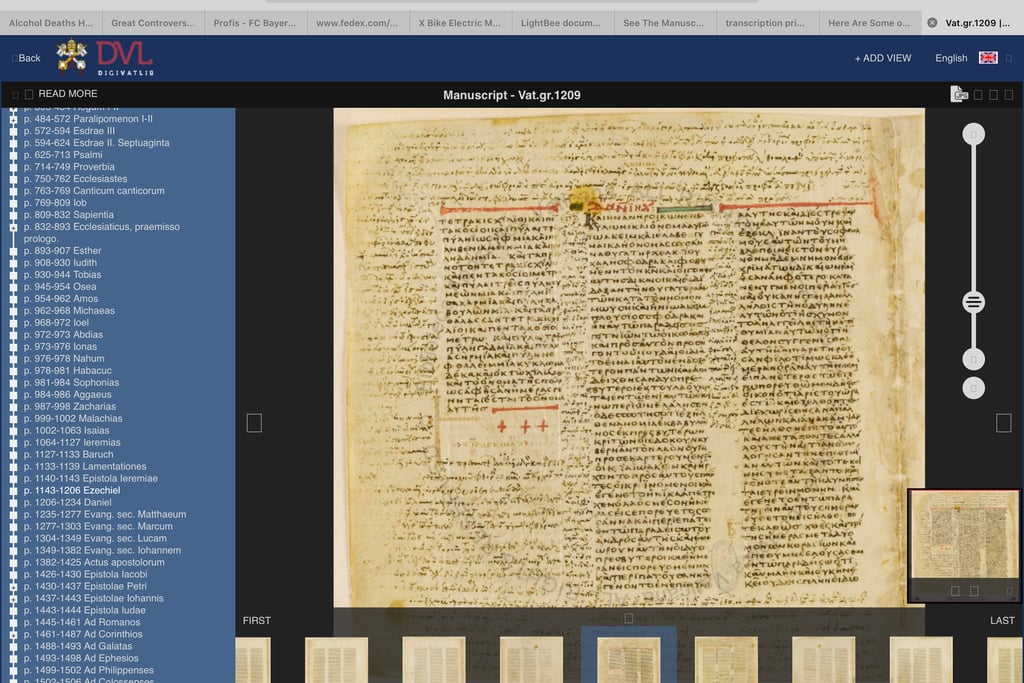



Even some of the Scribes complained about the constant changes
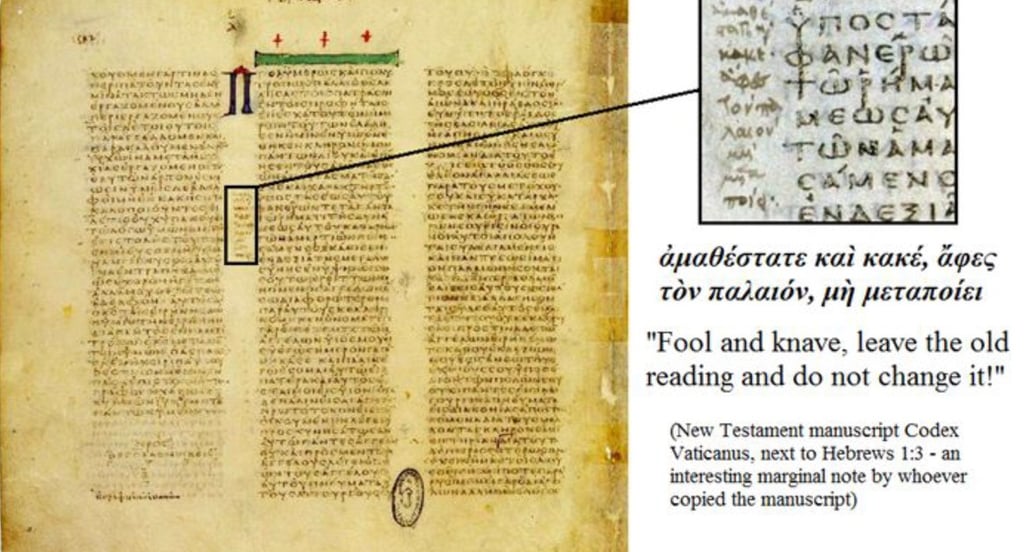

Just like Siniaticus, someone erased the ending of Mark! You can see the space is there where it originally was!
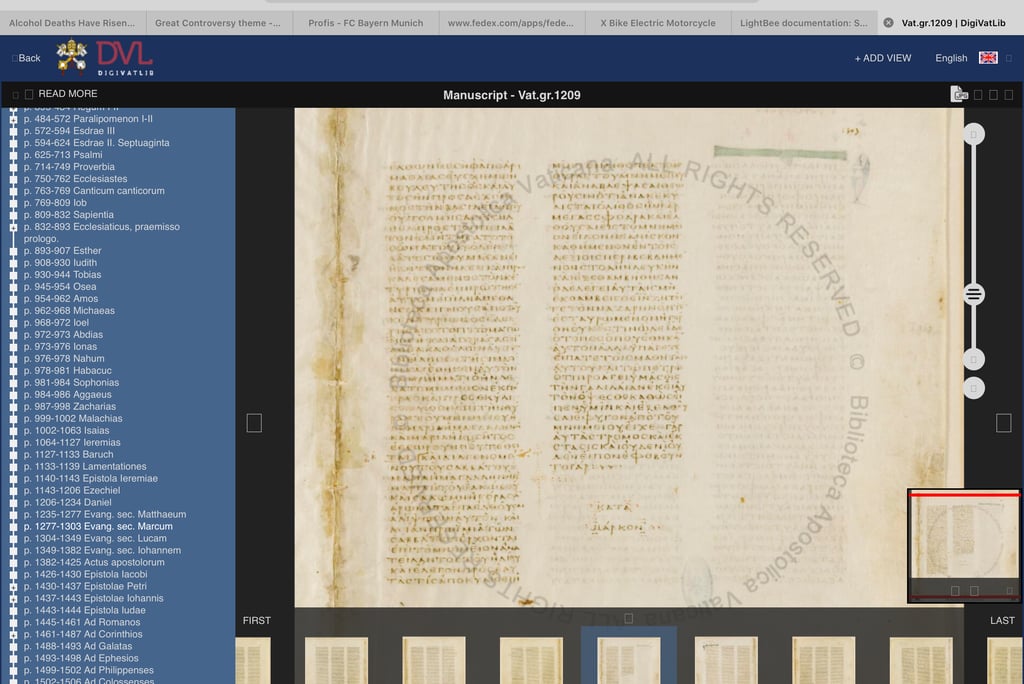

Look carefully at this Picture. See the blue drop cap? Problem is that drop caps are a more recent invention and not from the 4th Century. Also, blue and green colors and the style is ALL Medieval time period. NO Colors in 4th Century Manuscripts anywhere!
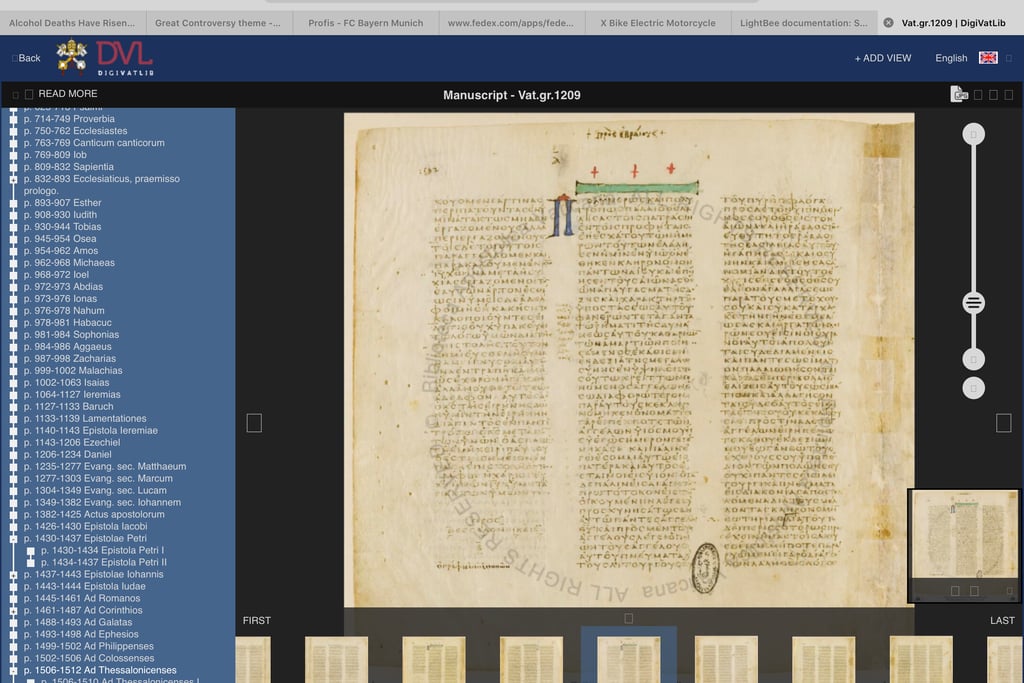

Here is more proof that Vaticanus and Sinaiticus are fraudulent Manuscripts. The spelling DOES NOT agree with first century Greek!
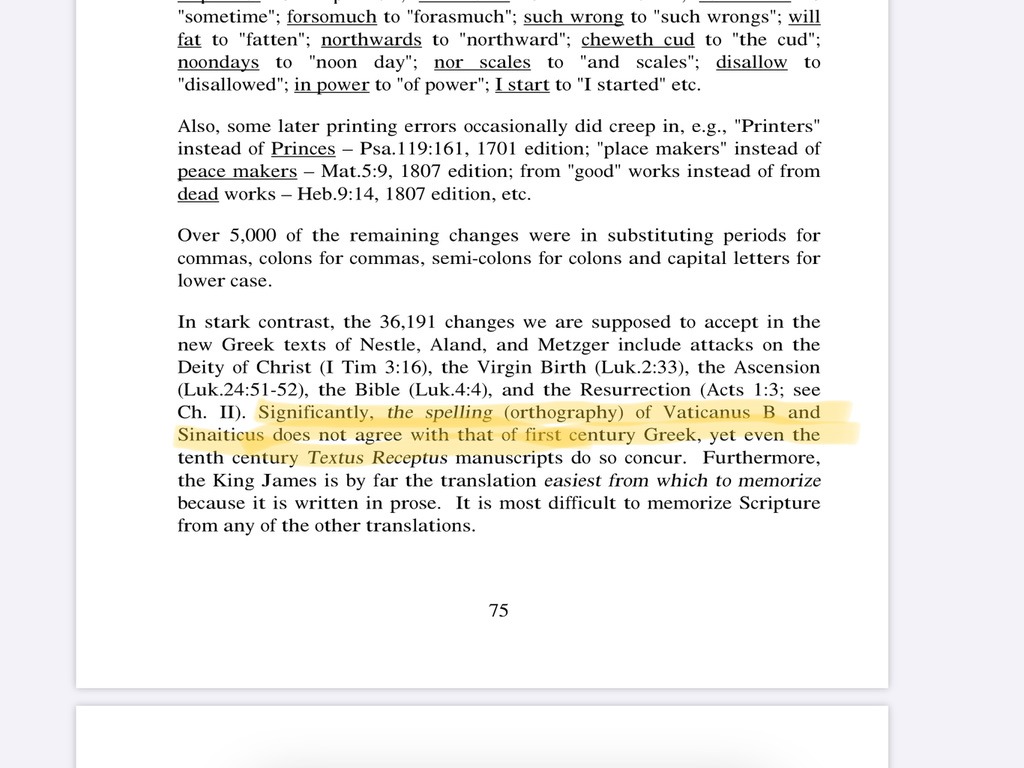

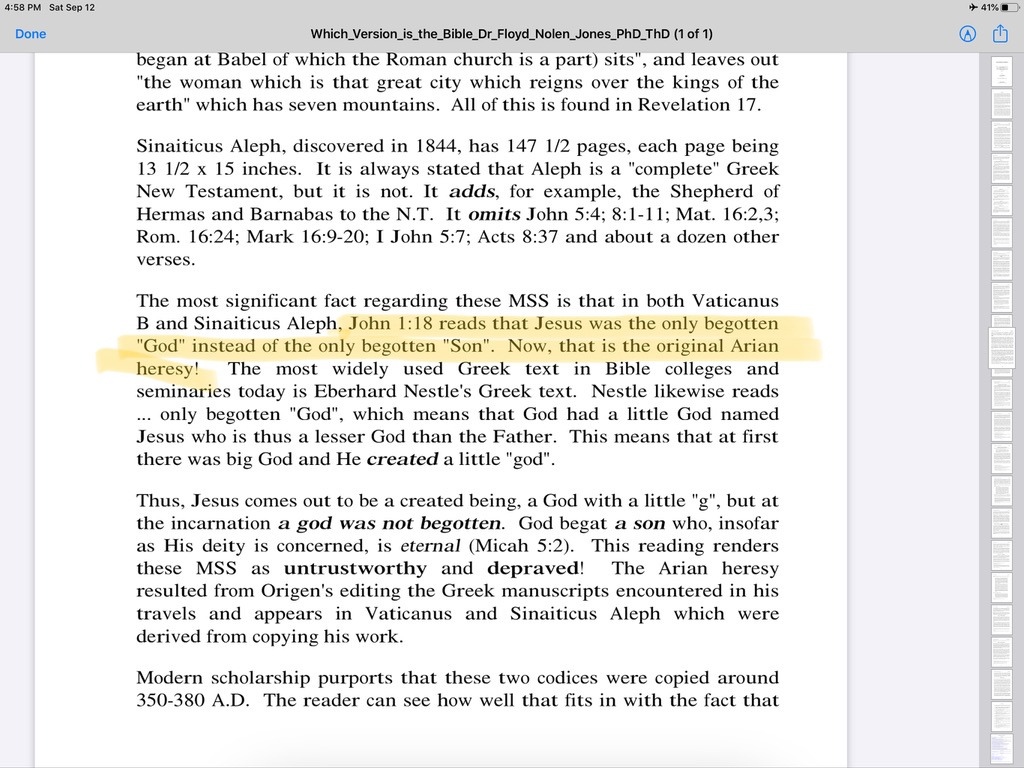

They both include this Arian heresy: Jesus was the only begotten "God"
Modern Text Critics always (falsely) claim that Codex Vaticanus is much older than the Traditional Text. They even claim that the Traditional Text was a recension, a fabricated text much later than Codex Vaticanus. Look at this picture below and note the textual markers. They point to the variant reading from the Traditional Text. How can they be there if the Traditional Text is much later than Vaticanus? Another proof to expose the Modern Text Critics Lies!

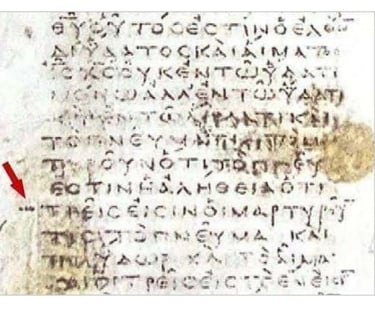
The Codex Vaticanus contains 850 textual markers which in 1995 were discovered to be markers for textual variants. The textual markers look like umlauts (double dots). The Vatican itself has identified many of these dots as being part of the original document. To understand the importance of this discovery you must understand that it is the variants in the verses of text that distinguish the Byzantine text from the Alexandrian text.
For the past 22 years, scholars have argued over the dots, with some trying to claim the markers must have been added at a later date. The reason for the skepticism is self-evident when you consider the implications. Many of these dots point to variants that only exist in Byzantine texts (the text behind the Textus Receptus). There are also dots next to the Comma in 1 John 5:7-8. This means the Byzantine text would have predated the Codex Vaticanus.
Many critical-text scholars have argued against these textual markers for years but have failed to find a way to refute the evidence that points to the Byzantine texts existence before the Alexandrian text.
Where Does the Codex Vaticanus Come From?
This is a good question and the short answer is that nobody really knows, but that does not stop dozens of so-called scholars coming up with dozens of speculative answers.
Would you use a Bible which was translated from a Greek text that nobody really knew where it came from, or who wrote it, or where it was actually written?
Would you use a Bible which was translated from a Greek text that scholars rejected for 1,900 years?
Millions of people today buy the NIV, NASB, NRSV, ESV and other Alexandrian text Bibles without answering any of these questions or even knowing they need to ask. Consequently millions base their faith in Bibles with a spurious and unreliable background.
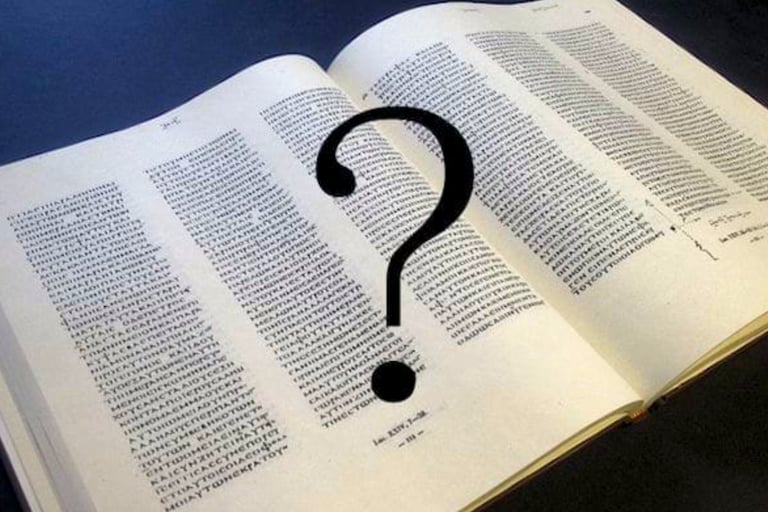

The truth about Codex Vaticanus

